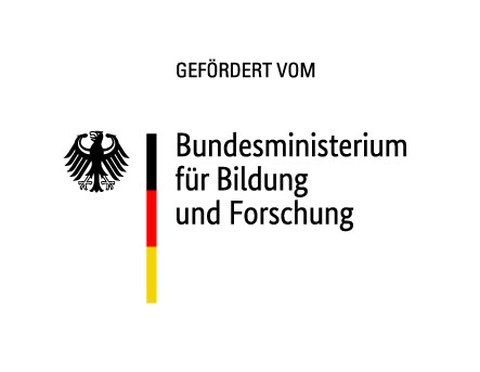VOLATIL - Integrated Two-Step Fermentation Processes for the Utilization of Waste Streams in Biorefineries
Despite significant progress in the development of production strains and fermentation processes, commercial bioreactors using second generation (2G) feedstocks are still hard to find. When analyzing the ongoing difficulties in establishing second-generation bioreactors, two main obstacles can be identified: First, organic waste streams often contain inhibitors and must therefore be diluted to serve as a substrate for microbial growth. As a result, the final titer of such fermentations is often low, making downstream processing expensive. Second, the chemical composition of the waste streams is often poorly defined. They consist of a complex matrix of mineral salts and organic substances, of which only a part can be utilized by microorganisms. Compounds that are not digested by the production strains often remain in the fermentation medium and end up in the final product. The consequences of these impurities range from deviations from the desired color of the product to its complete unusability in subsequent processing steps. From an economic point of view, this means unreasonably high costs for product cleaning or even a complete failure of the technology.
In this project, we will solve these problems by developing a two-stage fermentation process in which the actual waste stream is fermented in the first stage by a strain capable of producing ethyl acetate (EA). The highly volatile EA is continuously withdrawn from the waste stream via a gas stream to feed a second gas fermentation stage in which EA is converted into the desired product by another production strain. The continuous supply of EA to the gas fermentation stage enables high target product concentrations to be achieved, while at the same time the medium used in the waste fermentation stage can be strongly diluted to avoid growth inhibition by salts or inhibitors. In addition, the use of highly defined (clean) mineral media in the EA gas fermentation stage greatly facilitates subsequent processing and thus reduces processing costs.
Since EA can be obtained from acetyl-CoA without any loss of carbon and can be converted back into acetyl-CoA, it can be regarded as a volatile shuttle molecule that transfers acetyl-CoA between the process steps. We therefore propose a generic concept that enables the efficient microbial production of any desired products from acetyl-CoA from organic waste streams.
As a target molecule for this study, we have chosen 3-Hydroxypropionate (3HP), which is a precursor of acrylic acid and biologically degradable plastics and is suitable for production from waste streams in bioraffineries, since there is a sufficiently large market for 3HP to provide a large volume of raw material for a suitable use. In addition, 3HP has a relatively low selling price, which justifies or necessitates its production from organic waste streams.
Project funding:
BMBF - Bundesministerium für Bildung und Forschung
Förderkennzeichen: 031B1433
Project lead:
 © Ritz
© Ritz
Prof. Dr.-Ing. Thomas Walther
Send encrypted email via the SecureMail portal (for TUD external users only).
Project staff:
 © Mann
© Mann
Project researcher
NameMr Dr.-Ing. Andreas Hoffmann
Bioprocess engineering
Send encrypted email via the SecureMail portal (for TUD external users only).

Wissenschaftliche Mitarbeiterin
NameMs Laura Lilienthal M. Sc.
Synthetische Biotechnologie und Systembiologie
Send encrypted email via the SecureMail portal (for TUD external users only).
Project duration:
01.12.2023-30.11.2026
